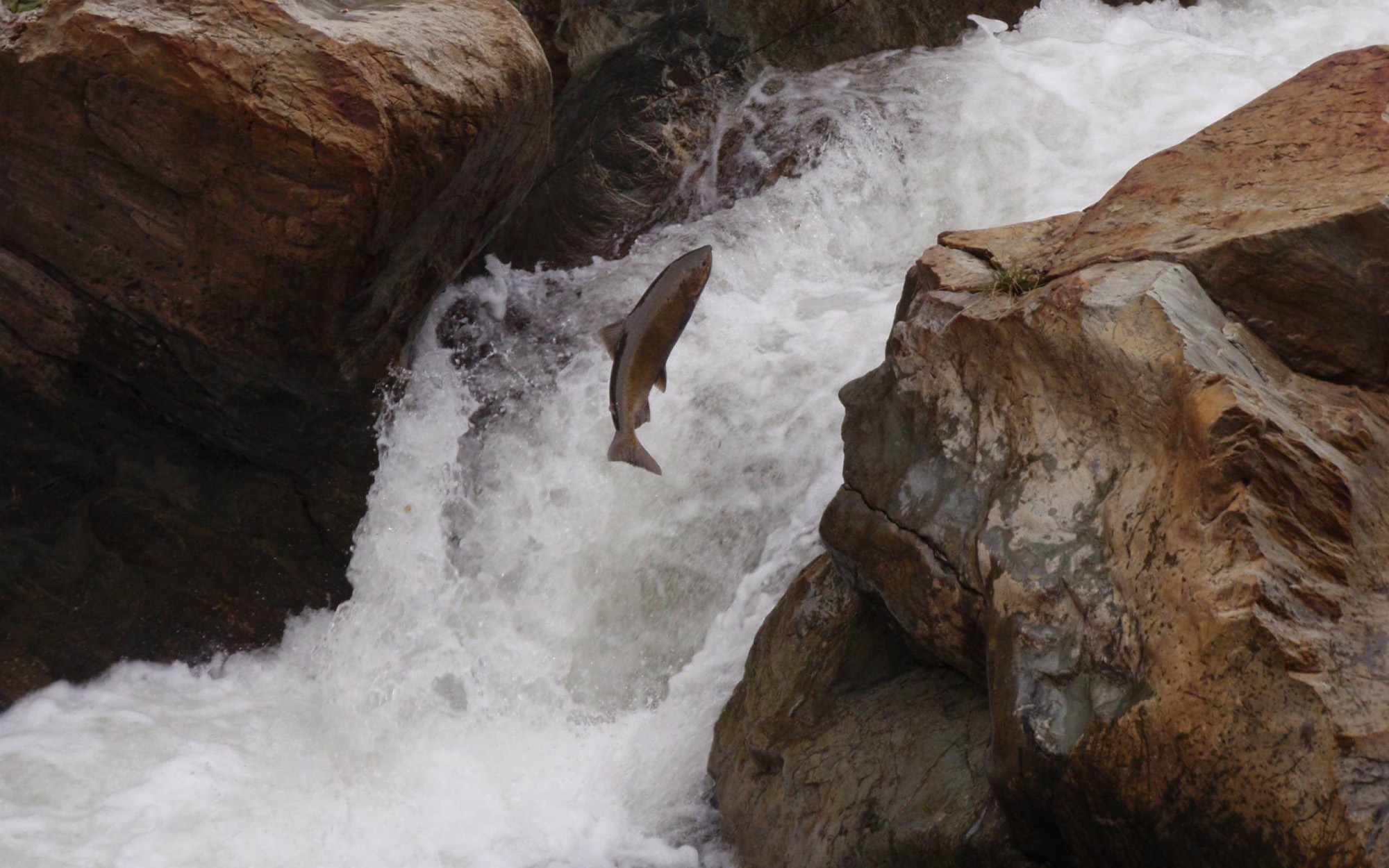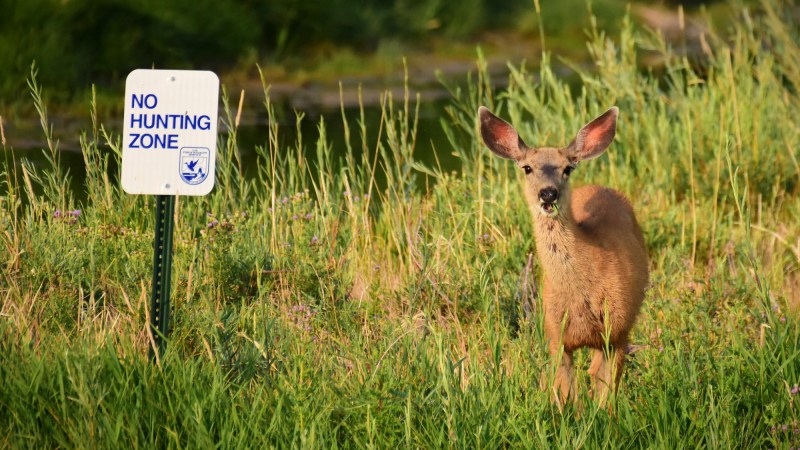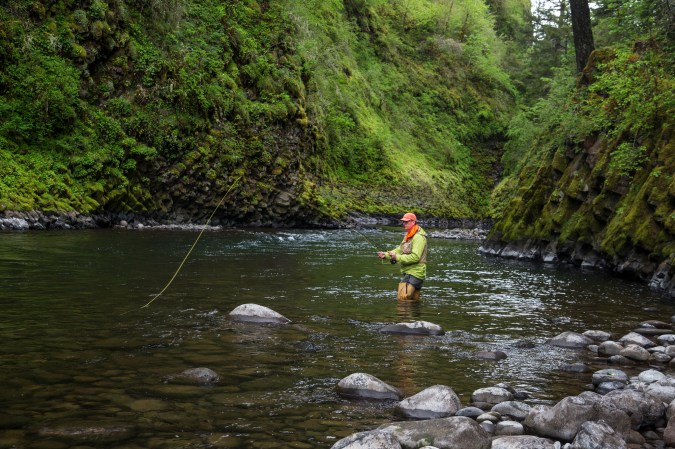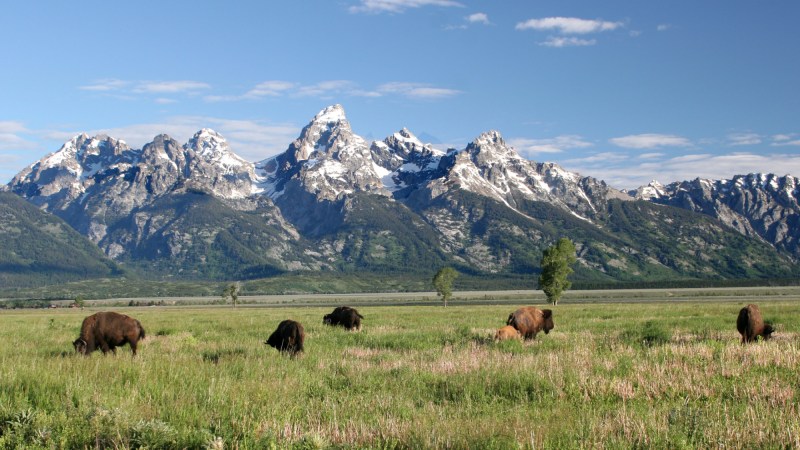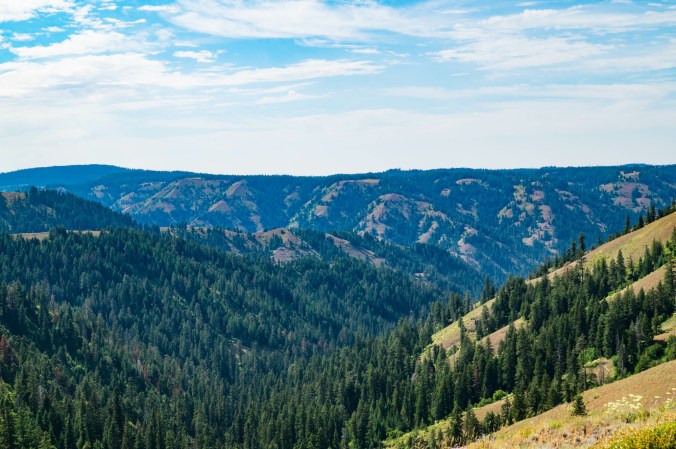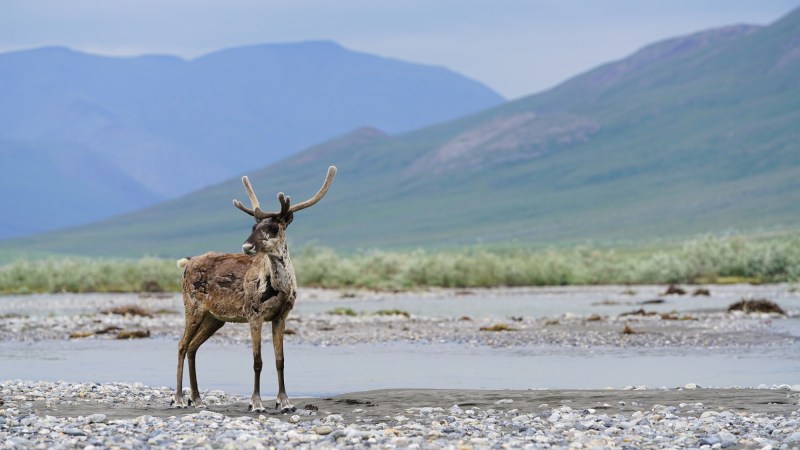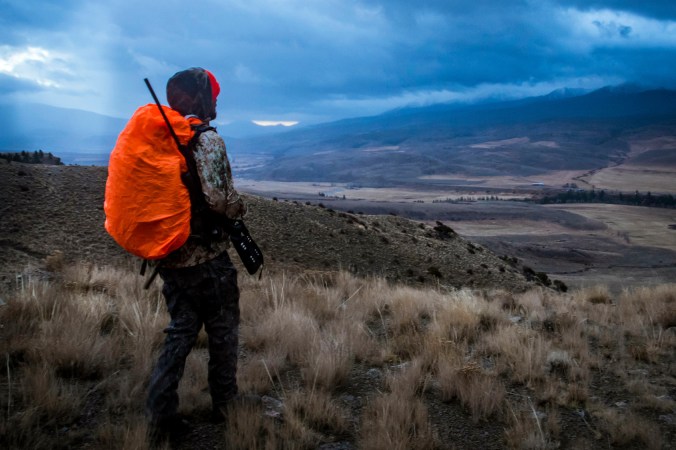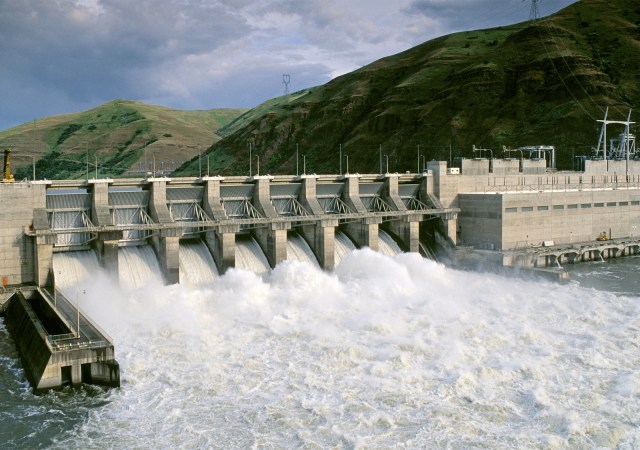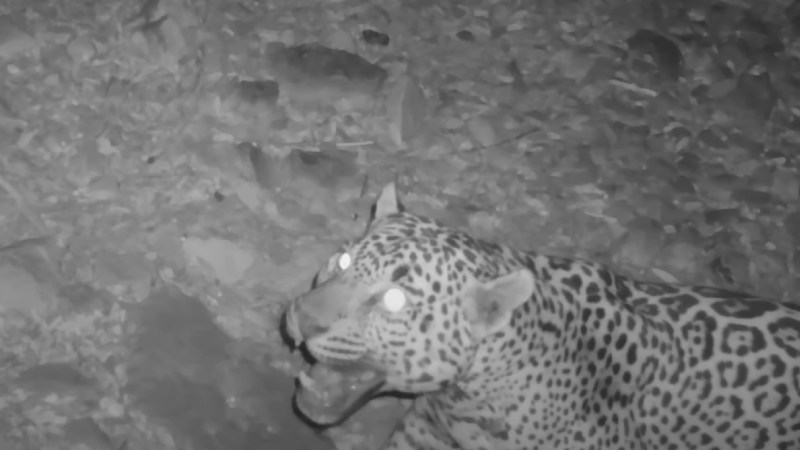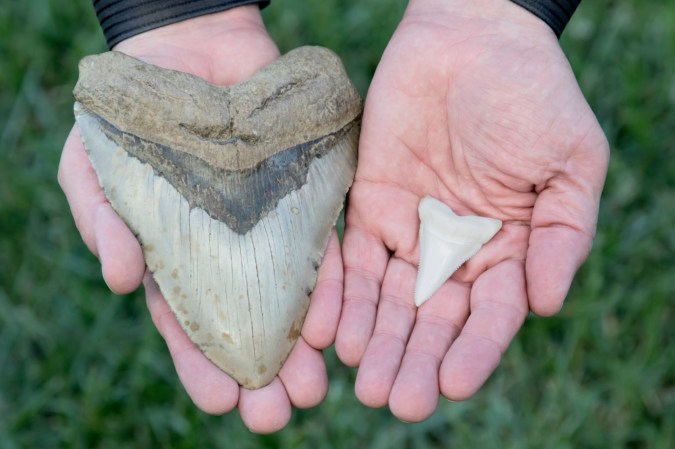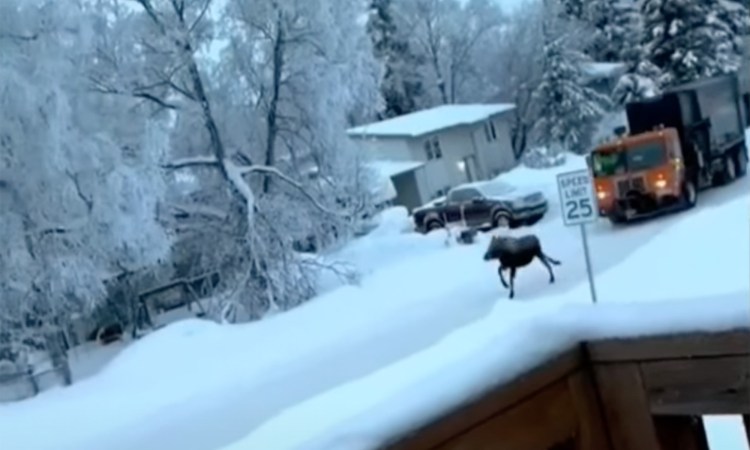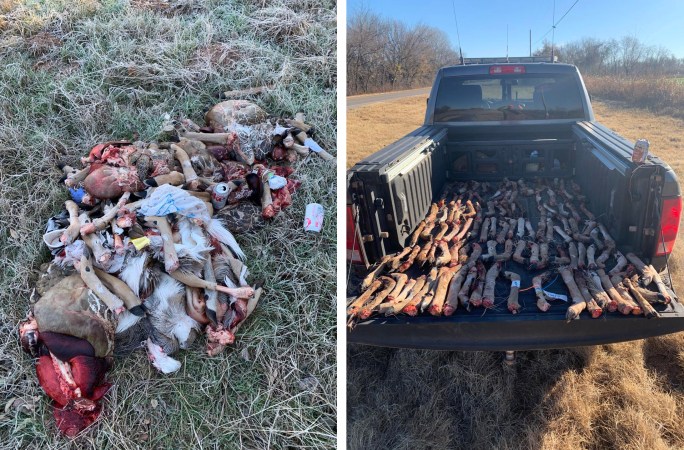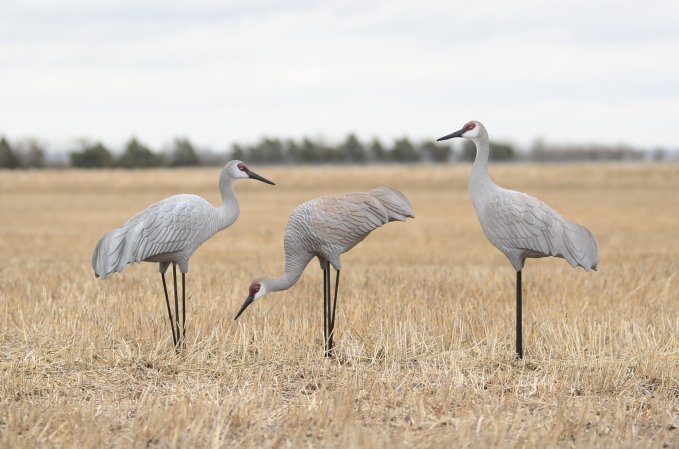The Klamath River Renewal Corporation began lowering water levels in Iron Gate Reservoir in northern California on Thursday. This “drawdown” is the first step in tearing down the 173-foot-tall Iron Gate Dam, one of four hydroelectric dams on the lower Klamath River that are now being removed to benefit endangered salmon and other native fish species. It marks an important new phase in the Klamath River dam removal project, the largest of its kind in U.S. history.
“Witnessing the beginning of drawdown at Iron Gate was both a celebration of an important moment in the story of Klamath dam removal, and a source of pride for the exceptional work done by so many people to arrive at this day,” KRRC CEO Mark Branson said in a press release last week.
The corporation is now overseeing the physical removal of the four Klamath River dams, which have blocked the passage of native anadromous fish, cutting off roughly 400 miles of spawning habitat for nearly a century. (The first of the four dams was built in 1918, effectively ending salmon and steelhead runs in the upper Klamath Basin.) The KRRC was formed in 2016, when parties signed the Klamath Basin Restoration Agreement, putting an end to a drawn-out legal battle pitting tribes and wild fish advocates against the dams’ supporters and their owner, PacifiCorp.
The Klamath’s endangered salmon runs had been on a steady decline for decades by the turn of the 21st century, but a massive fish die-off in 2002 spurred a new campaign by area tribes to try and remove the four dams. After much negotiation, which included a directive from federal regulators for PacifiCorp to improve fish passage, the utility company realized it would be cheaper to remove the dams than it would be to retrofit them with fish ladders. Federal regulators approved the final plan for removing the hydroelectric dams in 2022. The entire project will cost around $500 million, according to Oregon Public Broadcasting.
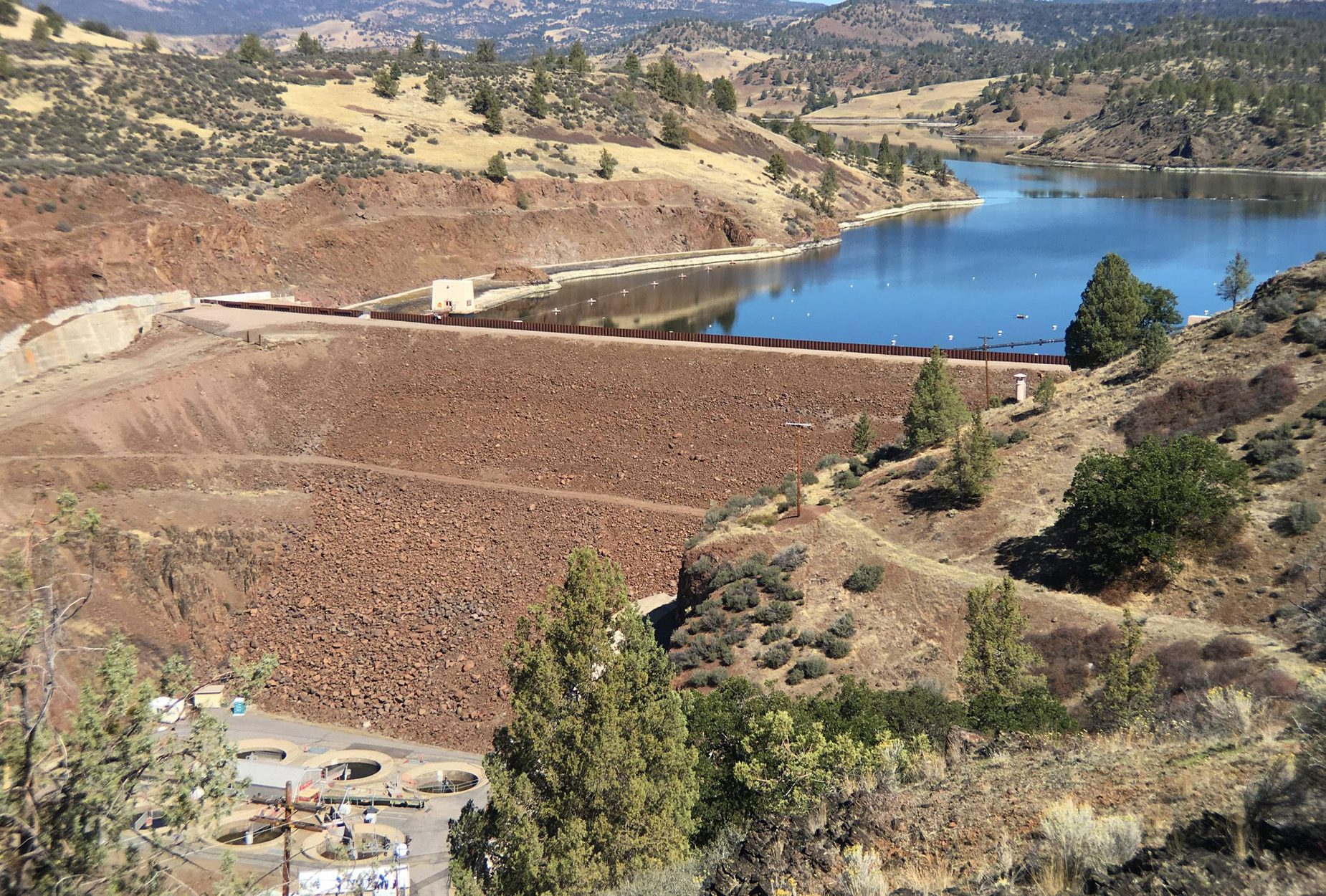
Photograph by KRRC
In September, the KRRC began demolishing the smallest of the four dams, known as Copco No. 2. In early November, crews removed a diversion dam there, restoring natural flows to the river canyon for the first time in 98 years.
The three remaining hydroelectric dams, starting with the one closest to the Pacific Ocean, are Iron Gate Dam, Copco No. 1, and JC Boyle Dam. These structures all form reservoirs behind them. Crews will start at Iron Gate and work their way upriver to draw down the remaining reservoirs and then remove the three dams. These drawdowns are expected to continue through March. Crews will then start dismantling the dams in May or June, and the entire project should be complete by the fall, according to KRRC.
Although plenty of work remains, many of the tribes who’ve championed the project are celebrating what’s already been accomplished. This includes the Yurok, Karuk, Shasta, and Klamath Tribes, along with the Hoopa Valley Tribe and the Quartz Valley Indian Community.
Read Next: Breach or Die: It’s Time to Free the Lower Snake River and Save Idaho’s Wild Salmon
“The Klamath dams have been killing salmon and steelhead for more than a century,” Yurok fisheries department director Barry McCovey tells Outdoor Life in an emailed statement. “Starting next year, this will never happen again because the dams will be gone. For the Yurok Tribe, dam removal represents the restoration of our river, our traditional fishery, and our community, but more work needs to be done.”

